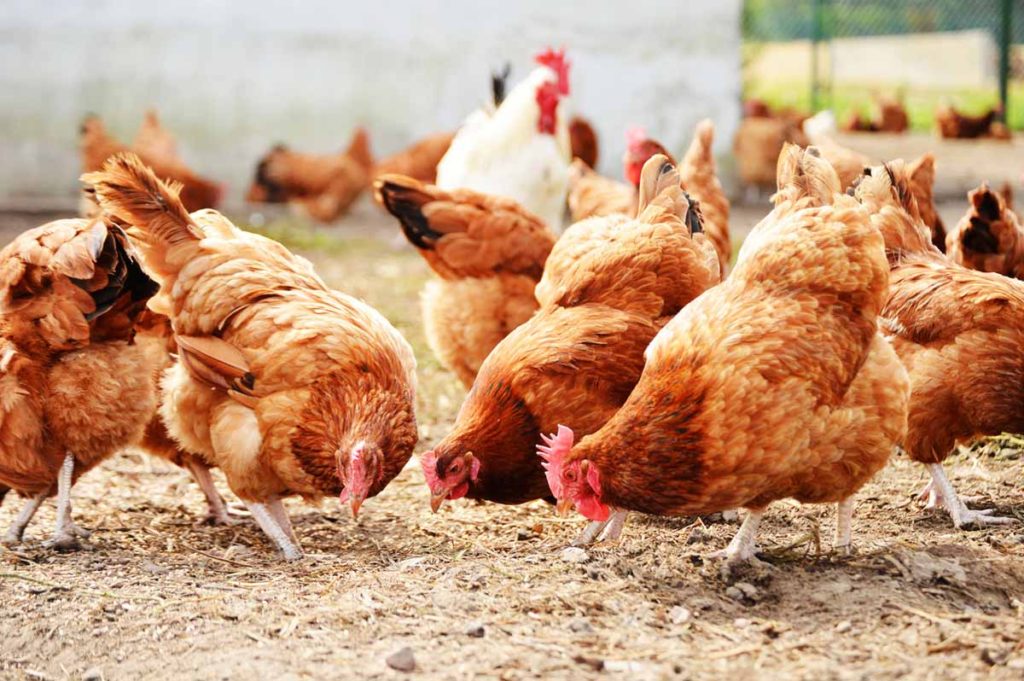Worried about your hens making a mess in the coop? While you may spend the entirety of your time trying to pick a stylish coop, searching for the perfect hardware cloth, or buying the best heater, you might not pay much attention to the litter. However, the wrong litter type can easily lead to health and drainage issues—and ruin those fresh eggs.
While pine shavings, straw, diatomaceous earth, grass clippings, hay, kitty litter, or even dirt are all viable options as bedding material, they tend to go soggy, go moldy, and even attract mites over time, especially if there are lots of baby chicks everywhere. Therefore, you might want to ditch the conventional methods for raising chickens and go for something truly unconventional. Sand litter in your coop can help you face a lot of water drainage problems.
It is the perfect replacement for traditional bedding as it does not face any of the above problems. You might think of it as a newer alternative; however, it has been around for centuries. Let’s take a deeper look into why your poultry will benefit from sand bedding.
Advantages of Using Sand for Chicken Coop
There are various advantages of using sand for your chicken coop. The main reasons are:
Less Moisture
Sand fails to retain moisture in itself, unlike other bedding options. Decay or moisture retention in the litter can often lead to respiratory infections and bacterial growth. In the winter months, it can often lead to frostbite and cold. You effectively reduce these risk by using sand.
Furthermore, it dries out any waste products that the chickens produce so it can be removed. As a result, you won’t have to worry about stepping into it or getting your shoes dirty. It also makes it easier to clean.
Better for Digestion
Unlike the traditional litter, sand does not cause impaction. In fact, it proves to be beneficial to the digestive tract. When ingested, it functions as grit and helps break down fibrous foods.
Thermal Stability
Sand helps keep the coop temperature stable and allows your hens to enjoy warmth and comfort. On the other hand, they do keep your coop cooler in the summers, making them perfect for all seasons.
Functions as a Dust Bath
Since sand inside the coop is dry, it can be used as a dust bath. Your chicken might get dirty in the muck in your backyard. Having sand inside your coop will clean your hens’ feet and protect the eggs from getting dirty as well.
Easy to Clean
Sand is the easiest to clean since you can use a cat litter scoop or a sifter. Furthermore, it is more low maintenance than some of the other options. As a result, you don’t need to clear out the entire coop for a fresh batch. Instead, you just clear out the dirty sections.
Economical
Moreover, sand is quite affordable. You can find a huge bag of it for less than $10.
Eco-friendly
When keeping chickens, sand is also environmentally friendly due to the fact that it can be repurposed and reused. In fact, you can easily clean it and use it again for the hen house. It looks and fees cleaner. Also, researchers have found lower levels of E. coli and other bacteria in the sand.
Most sand is not processed or manufactured and involves less travel, saving fuel, and energy. In addition, as sand cannot be decomposed, it leads to easier composting.

Conserves Food
As sand is easier to sift through, food is easier to find in the sand. This ensures no food gets wasted.
Types of Sand
You might be confused as to why the type of sand matters. Well, if you use the wrong type of sand, it can end up causing more harm. There are basically many varieties of sand on the market; however, the best ones for chicken coops are river-run or washed construction-grade sand.
Always remember to use natural sand for your bedding. This is because natural sand has particles that vary widely in size including pebbles and grit. On the other hand, commercially-crushed sand is too fine and can be easily inhaled. Furthermore, they may cause drainage and drying problems.
Furthermore, these types of sand contain more silica than natural sand, which tends to be a major cause of respiratory problems. Do not buy sandbox or play sand as it is also finely milled.
Where to Buy Sand for Your Chicken Coop?
You can easily buy sand from chicken coop at local quarries as well as any local shops that sell construction-grade sand. It is also available at garden centers, construction companies,and home improvement centers.
Setting up Sand for Your Chicken Coop

When you buy sand, it might be moist as it was probably washed. So, the first step is to dry out the sand using a rake. In the summer, it might take a few hours and you might only need to rake it a couple of times.
However, before you buy sand, you need to calculate how much you will need. This also includes the depth of the sand bedding you hope to achieve. A thin layer of sand might not allow the results you want. Any waste might cling to the floor and cause a strong smell.
Thus, you need to ensure proper depth. Generally, this can mean a depth of 4 to 5 inches. However, if the coop does not have a floor and is based off the ground, then you might need extra depth. 6 to 8 inches deep sand will generally be suitable for such coops.
In case, the ground is extra moist or muddy, then you might need to add a 2-inch layer of gravel beneath the sand layer.
Next, measure the dimensions of the coop to find out the amount of sand you need. All you need to do now is haul the sand into the coop and help settle it down.
Final Words
Sand for chicken coops can be extremely beneficial for you in terms of money and for your chickens in terms of their health. Not only is it extremely lowmaintenance, but it is also clean and eco-friendly. Your chickens will surely thank you for it! So, are you ready to change your litter bedding?

